Job application: Avoid cliches & 10 tips for correction
Avoid clichés in your cover letter when applying for a job – yet they can initially help you formulate your text. We explain exactly how here. In addition, here are 10 tips for the final review of your application documents.
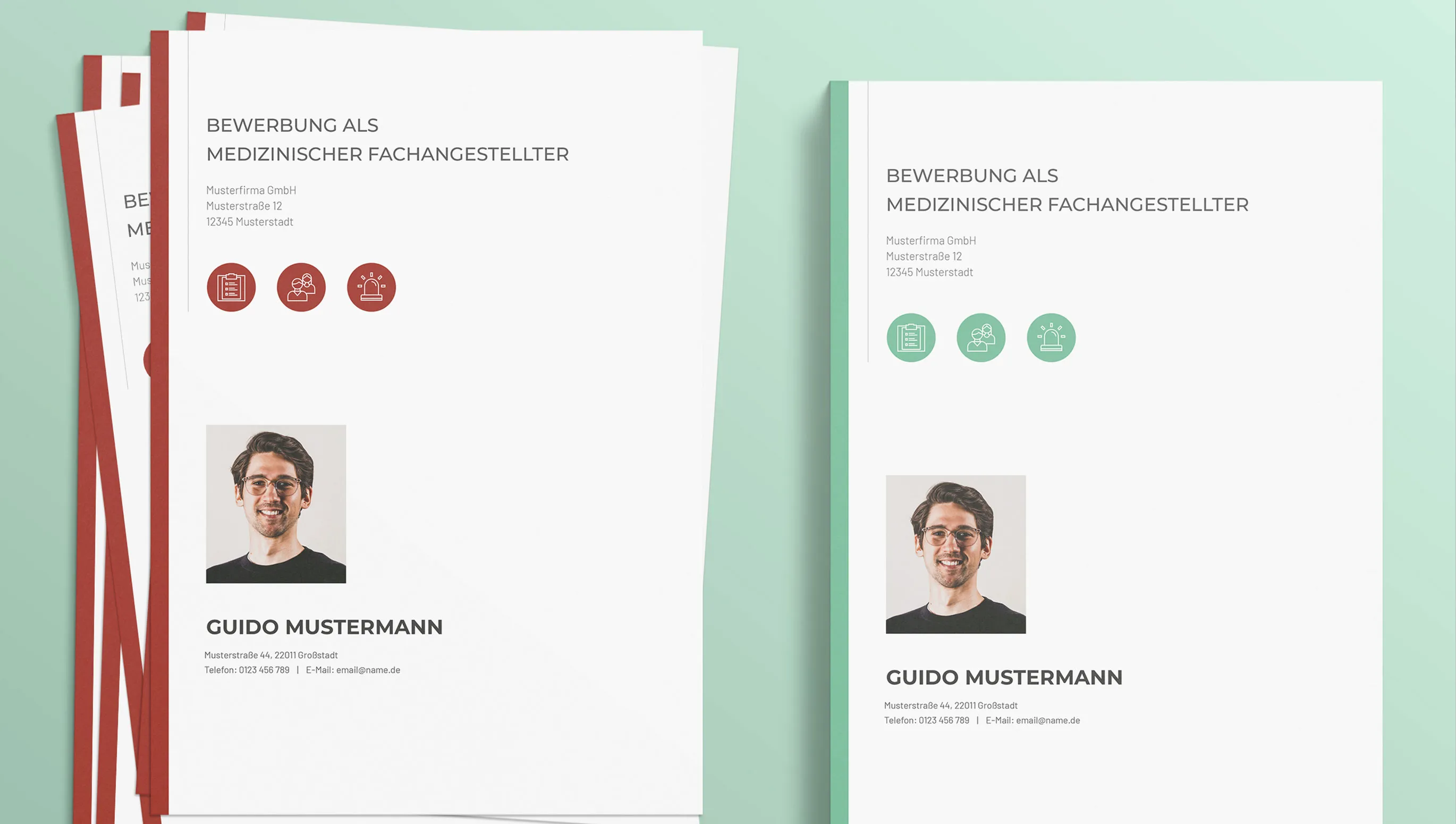
How do you avoid clichés?
If you have difficulties formulating your cover letter, clichés are an easy start. Use them as a starting point for an initial draft and to give yourself a rough structure. However, the final writing should contain little to no clichés. Reasons for this are: Hiring managers read clichés over and over again, which is simply boring. Furthermore, clichés indicate that you may not have thoroughly engaged with the position and are rather relying on a standard letter. This gives the impression of being interchangeable and generic.
To avoid clichés, do not just work through your resume, but rather focus specifically on the aspects of the job posting and provide evidence for your statements. You can also incorporate a short story or anecdote.
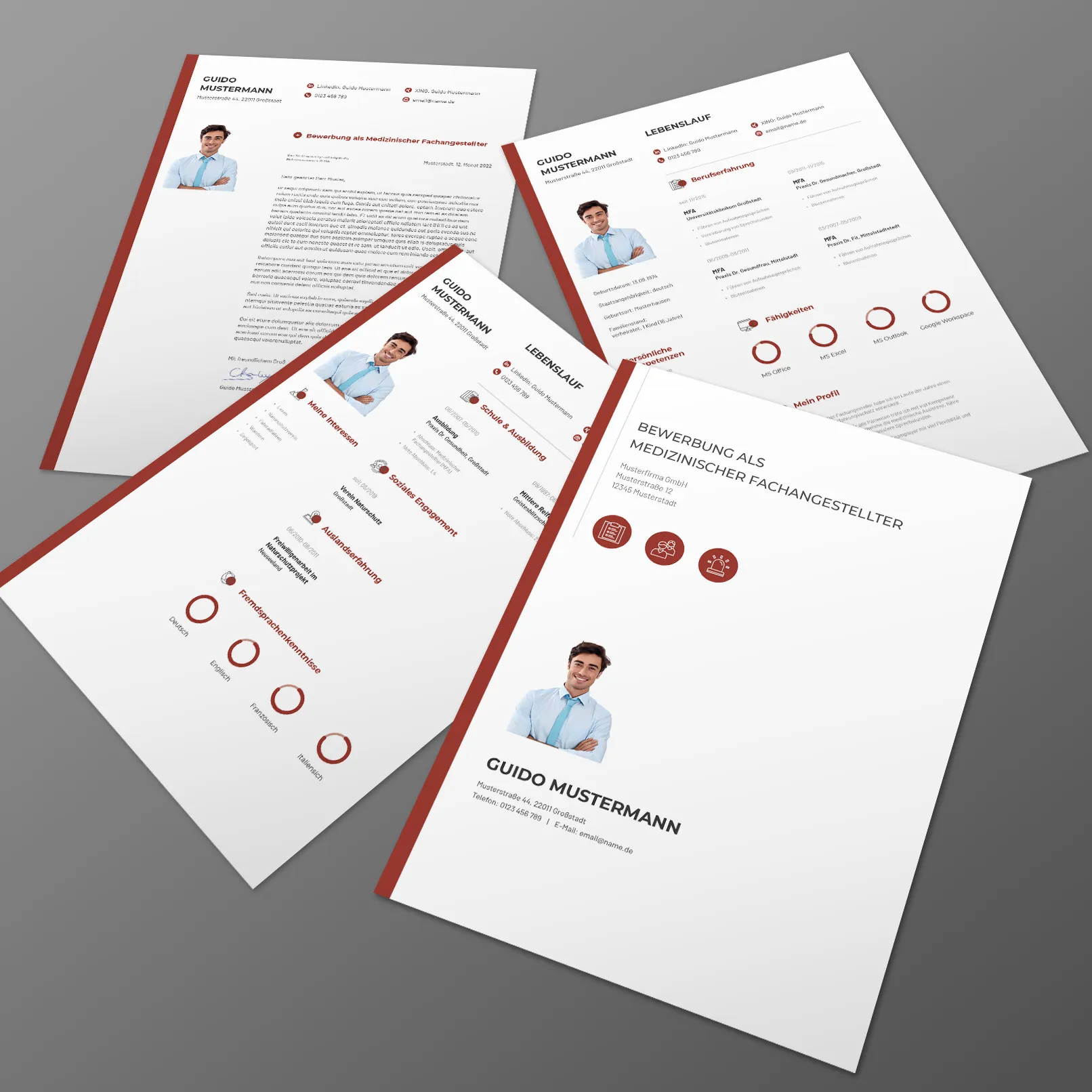
Why not try this: Imagine your contact person is your best friend. Speak freely as you would to acquaintances convincing them of your capabilities. You will quickly come up with sentences like "I have already created ten great brochures", "I live just around the corner from you – that fits perfectly", or "Honestly, your website is not even average". All of these can be starting points for your cover letter – appropriately rephrased, of course.
- My graphic skills are reflected in the latest issue of the student newspaper “Sample Post”.
- If I had known that your branch is only ten minutes from my new address – I would have applied with you sooner.
- For the revision of your website, I have already sketched three design concepts, which I would be happy to explain in an interview.
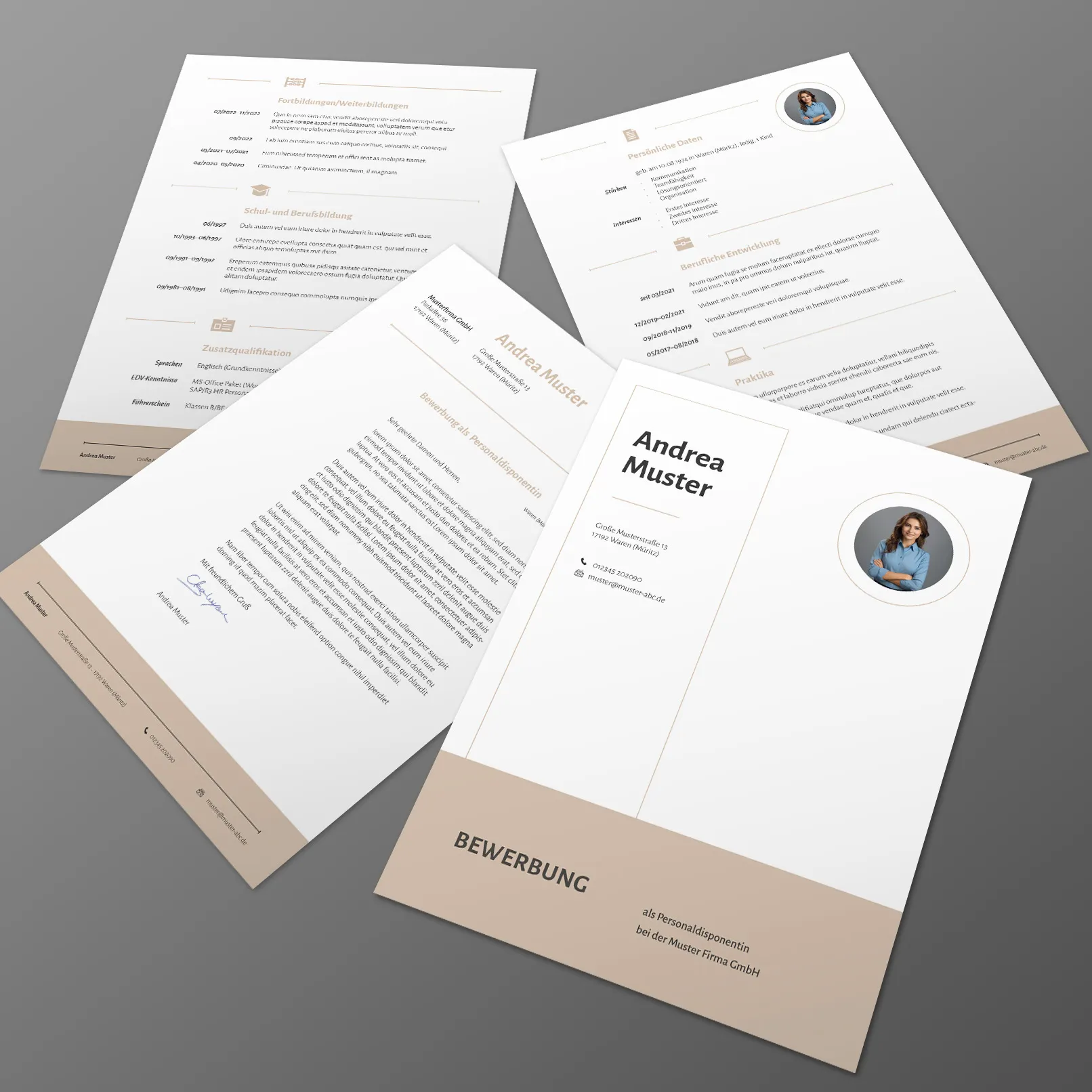
Clichés in an application are worn-out, often impersonal phrases or expressions that are not very meaningful and are used frequently. These can create the impression that the applicant put little effort into the application or did not present individual strengths and experiences. Here are some common clichés in applications and suggestions on how to avoid or improve them:
Common Clichés in Applications and Their Improvements
As you write your cover letter or research sample texts online, you will frequently come across texts with many clichés. Here are the common clichés in applications listed for you. Avoid these by following our suggestions for improvement:
- "I read your job posting with great interest"
- Improvement: Be more specific and directly address the reason why you are interested in the position. For example, "Your innovative approach in the [industry/technology] sector caught my attention as I successfully implemented a similar strategy in my last project."
- "I am a true team player"
- Improvement: Provide concrete examples of your teamwork. For example, "In my last project, I collaborated with a team of five colleagues to develop a new marketing strategy that led to a 20% increase in revenue."
- "I am highly motivated and committed"
- Improvement: Highlight your motivation and commitment through specific experiences. For example, "I pursued further training in [topic] in my spare time to expand my skills and make my projects more efficient."
- "I have excellent communication skills"
- Improvement: Describe specific situations where you demonstrated your communication skills. For example, "As a project leader, I successfully mediated between different departments and ensured that all parties were on the same page."
- "I am flexible and resilient"
- Improvement: Show concrete situations where you have demonstrated flexibility and resilience. For example, "During an unexpected absence of a colleague, I took over their tasks at short notice and completed the project on time."
Read our two articles on application photos and find out how you can take a perfect photo for your application at home. The first article explains what to consider when taking a professional application photo – from the right clothing to the ideal pose. The second article provides practical tips on how you can capture a high-quality application photo at home using simple means and some creativity. This way, you save time and money while still leaving a professional impression. Check out our articles and make your application photo a real eye-catcher!
Tips for Avoiding Clichés:
So don't just write that you are flexible, goal-oriented, or a team player, or that you master this or that program. Instead, prove this with specific examples – both in your Soft Skills and your Hard Skills.
- Because cooperative and constructive-critical teamwork is important to me, I have been organizing and moderating our weekly meetings for two years.
- Regarding the use of InDesign, I keep myself constantly updated. After each program update, I present to my colleagues the relevant innovations for our team.
- Through my activities, it has been possible to increase the number of followers on Facebook tenfold within a year.
- At the end of the day, my cash register has always balanced so far.
- Recently, one of our customers attested that my work was "excellent" in his words.
- Within three years, I successfully tapped into a new market. I was even able to exceed the given target.
- My actions are characterized by friendly customer orientation, as evidenced by winning ten new partners for new projects in the past six months.
In summary, this means that with these four approaches, you can most effectively avoid clichés in your application:
- Be specific and detailed:
- Avoid general statements and instead provide concrete examples and details that demonstrate your skills and experiences.
- Show individuality:
- Tailor your application to the specific position and company. Show that you have familiarized yourself with the company and the advertised position.
- Quantify achievements:
- Use numbers and data to substantiate your accomplishments. This makes your statements more tangible and impressive.
- Establish a personal connection:
- Refer to your own experiences and how they relate to the requirements of the position. This demonstrates that you are authentic and that your application is well thought out.
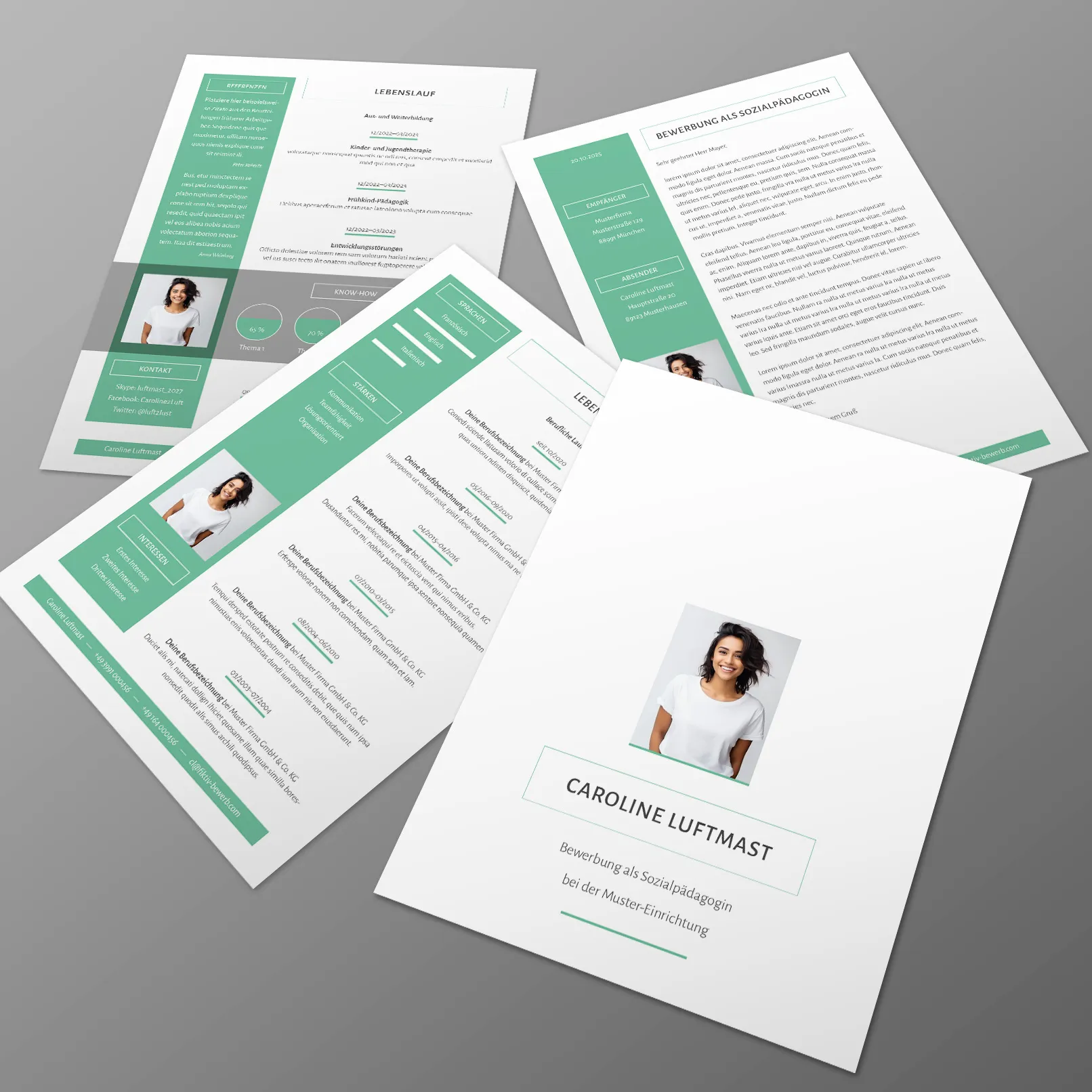
Example of a Cover Letter for Your Application Without Clichés:
Dear Mrs. Liebermann.
The challenge described in your job advertisement, to develop innovative marketing strategies for your products, is very appealing to me. In my current position at [Company], I led a similar project where I was able to increase sales by 20% through targeted online campaigns.
I am particularly excited about your corporate culture, which values creative solutions and teamwork – values that I embody in my daily work. During my recent projects, I have always focused on making both internal and external communications efficient. For example, I introduced regular meetings to improve collaboration between departments and make project progress transparent.
I look forward to learning more about the open position in a mutual conversation and contributing my skills to your team.
Best regards,
Max Mustermann
Correction: How do you find mistakes?
Take the time – it's worth it!
Your cover letter must score in terms of content. At the same time, it should be correctly written in terms of spelling, grammar, and punctuation. So take your time to check your text for errors. Here are a few tips:
1 | Automatic Spell Check
Use the automatic correction aids in programs like Microsoft Word, Google Docs, or OpenOffice. This way you can already find the major mistakes. But be careful: Just because the automatic correction thinks everything is correct doesn't necessarily mean it is. You can also use a text AI like ChatGPT to have your text corrected and improved. DeepL also has a text improvement function that you can use to check and correct your cover letter.
2 | Correctly Spelled but Still Wrong
For example, the automatic spell check fails where you spell words correctly but use them incorrectly. It may seem far-fetched but it happens quite often: You have certainly "accompanied" a project and not "dressed" it. You sign off with "until" and not "bite" with best regards. And you have succeeded "in this way" and not "in this orphan" something.
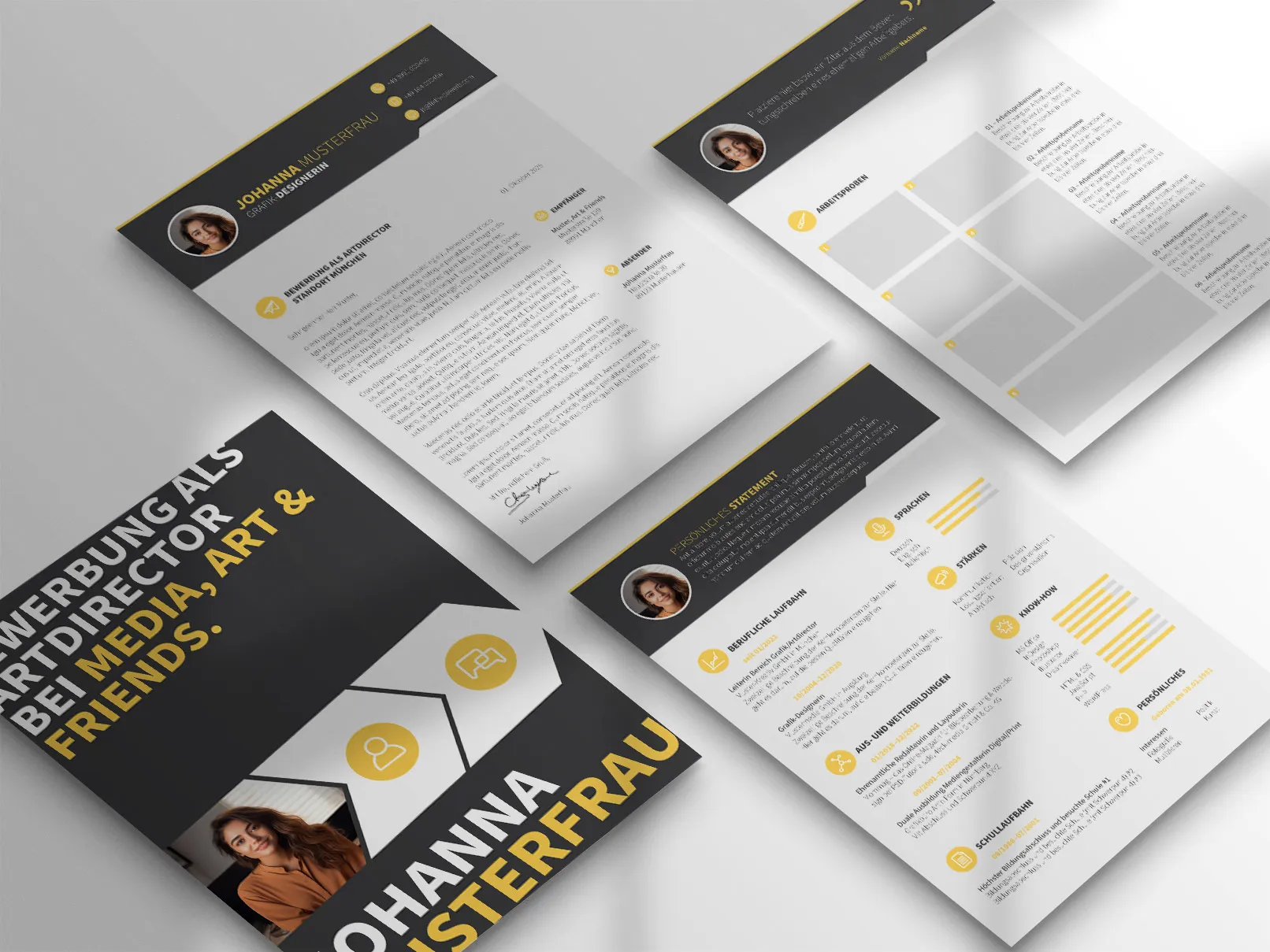
3 | Good advice from others
Four eyes actually see more than two - yes, a saying, but one that is true. Therefore, have others read your application letter. Ask friends, acquaintances, or relatives to uncover mistakes.
Read our articles to find out everything important about the structure of an application and about the structure of a CV. In the first article, we show you how to write a convincing application that immediately catches the eye. You will learn which information must be included and how to present yourself optimally. The second article is about the CV: We explain how to clearly present your professional experiences and qualifications and which details are particularly important. With our tips, you will create application documents that significantly increase your chances of landing your dream job. Take a look and take the first step towards your career!
4 | Sleep on it
Once the last point is set, concentration usually drops. As much as you want to finish your application letter now: Give yourself a break before proofreading. With some distance, you will spot mistakes easier.
5 | Change the font
Almost imperceptibly, a certain effect of habituation sets in during work on your writing. By changing the font, the text reveals itself from an entirely new perspective. This way, you may discover even more errors. Under no circumstances use the standard fonts Arial, Times New Roman, or Calibri. They make your application generic. Try Lato, Roboto, Montserrat, Open Sans, or Ubuntu instead. You can download these fonts for free from Google Fonts.
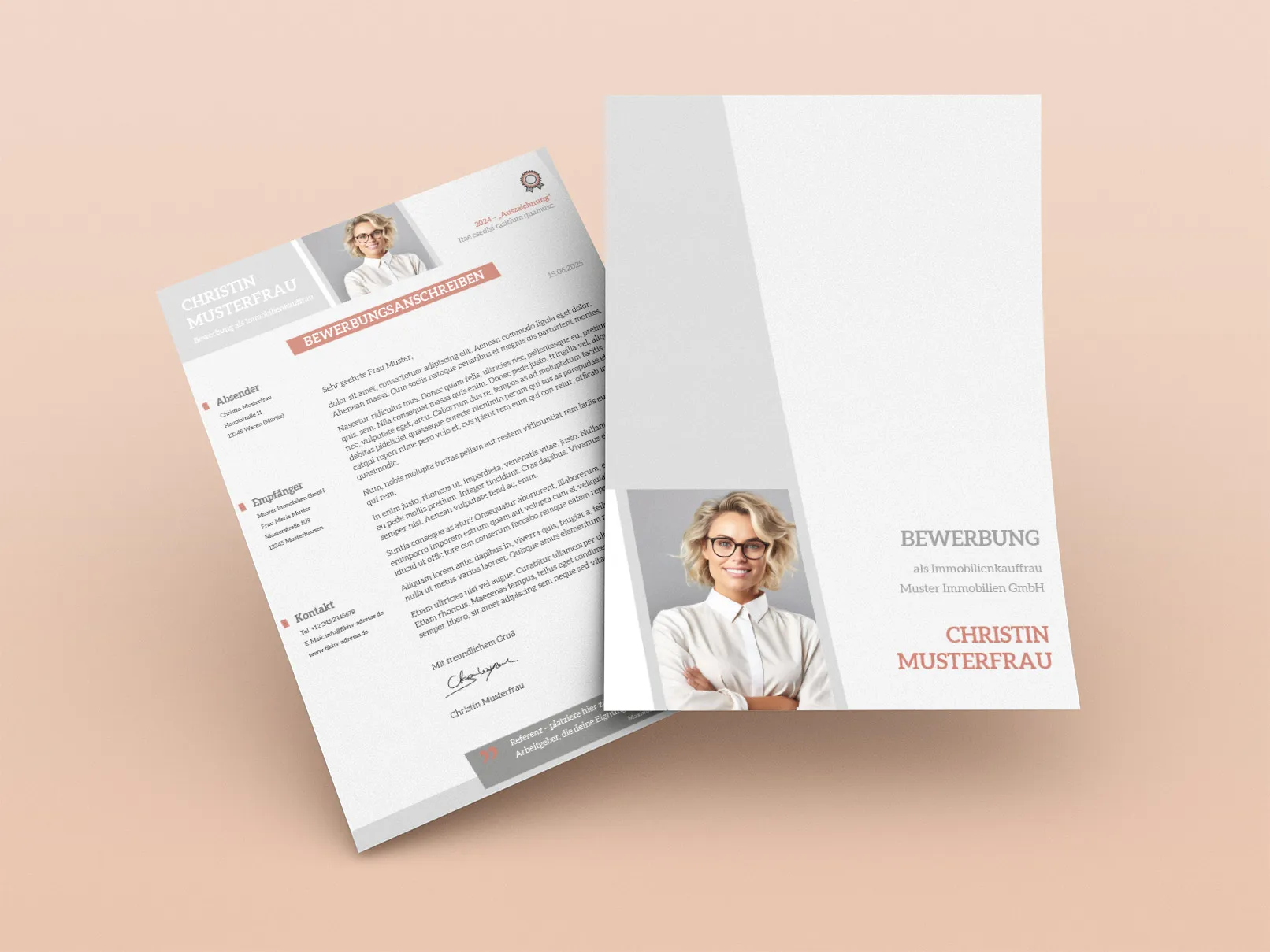
6 | Print it out
Put your application letter on paper! Continuous editing on the screen quickly leads to losing sight of the finer details. If you print out your application letter, you can also retreat to a different corner of your apartment (or a bench in the park). So, change perspectives and take out the red pen.
7 | Read aloud
Read your application letter out loud to yourself, not just silently in your mind. If you repeatedly stumble at a certain point, you may need to revise the expression or word order to ensure a better flow of reading. Also, pay attention to the coherence of your argumentation: Do you understand what you have written? Does the common thread convince you?
8 | Read aloud again
During a reading session, you should focus on a specific aspect each time. After optimizing the flow, expression, and argumentation, search for spelling errors. Look at each word individually rather than the context of the text. Small tip: To focus even better on the spelling, you can also read the application backward.
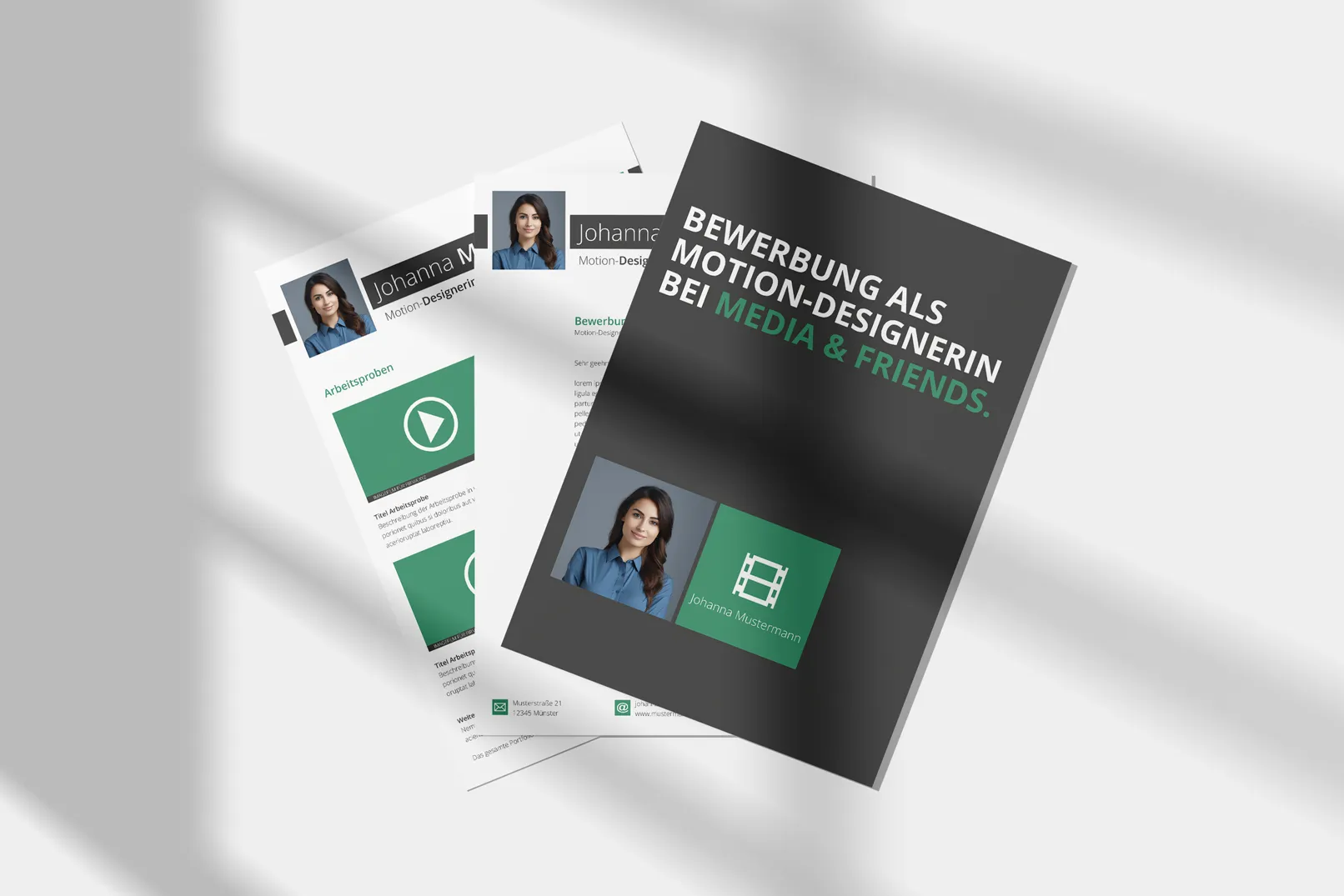
9 | "Exposed" spots
Of course, your entire application letter should be error-free. However, pay special attention to conspicuous spots like the subject line, salutation, or a PS line. Make sure to double-check the data in the sender and recipient addresses and the names of the contact persons.
10 | Copy & Paste
Especially when creating multiple letters from a template, it's easy to forget to edit copied sections. Therefore, when composing a new letter, change the recipient details and salutation as the first steps! A common mistake is an error in the salutation. "Ms." and "Mr." should be accurate, as well as "dear" and "honored". It's awkward if due to carelessness, it says: "Dear Ms." or "Dear Mr." to the wrong gender.
If you have followed all the tips, the chance of getting an invitation to the interview will increase. Do you want to know what the most common questions asked in interviews are? Here you will find out what questions you can expect and how to shape your answers in a way that leaves a lasting impression.
Another article deals with the question complex of strengths and weaknesses in a job interview. It is not always easy to present these honestly and skillfully. But don't worry, this article shows you how to highlight your strengths and present your weaknesses in a way that they are seen as opportunities rather than disadvantages.
Read our article to learn how you can save your resume from Word as a PDF. We explain to you step by step how to do this so that your document looks professional and consistent. Additionally, the article includes a link where you can download a template for your application in Word format for free. With this template, you'll save time and easily design your application documents. Visit our article and make use of the practical tips as well as the free template to make your application process efficient and successful.
